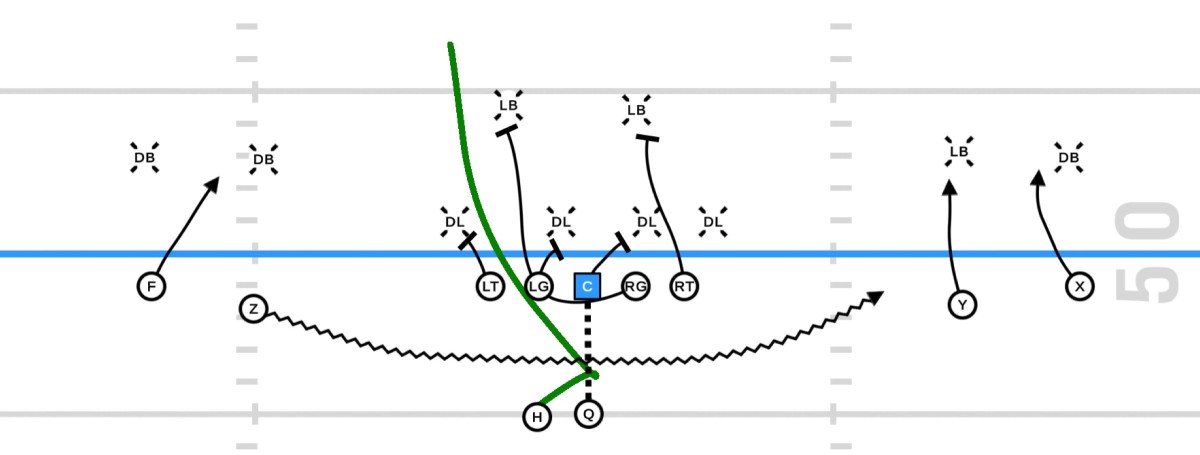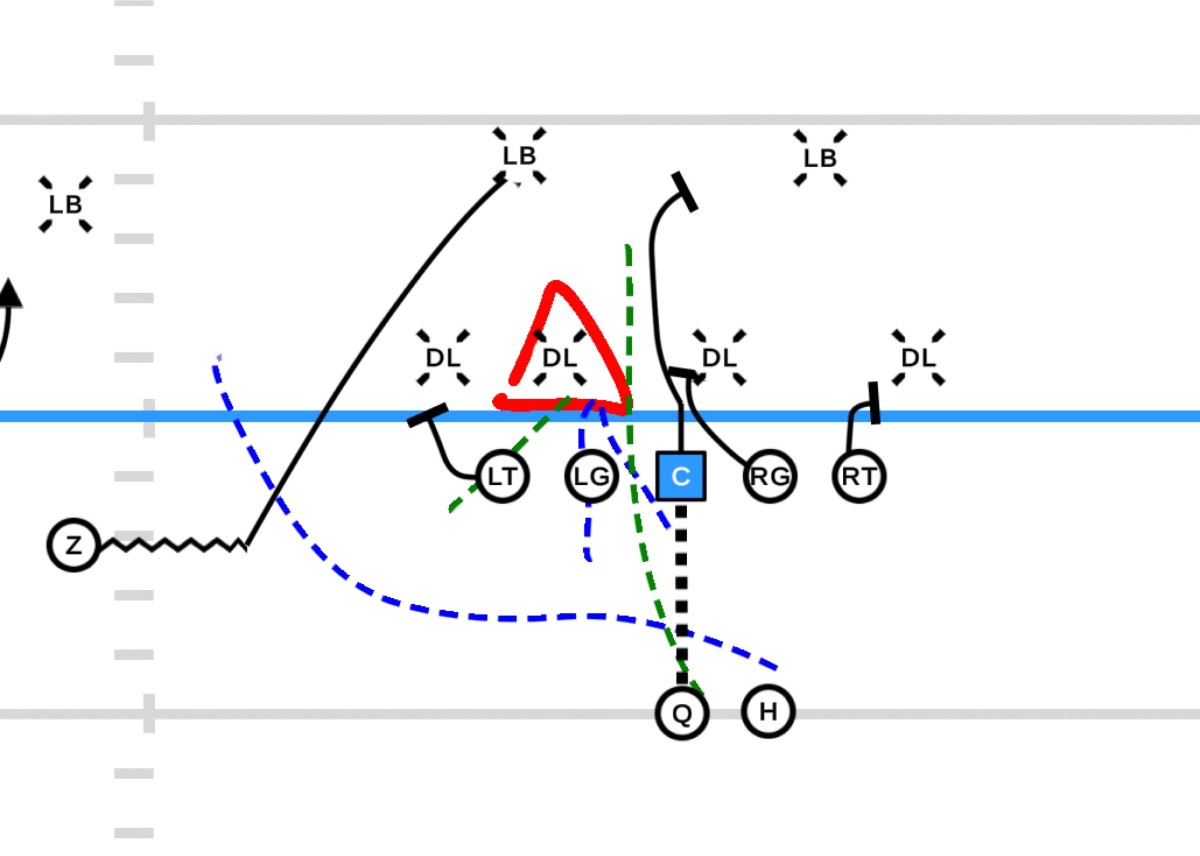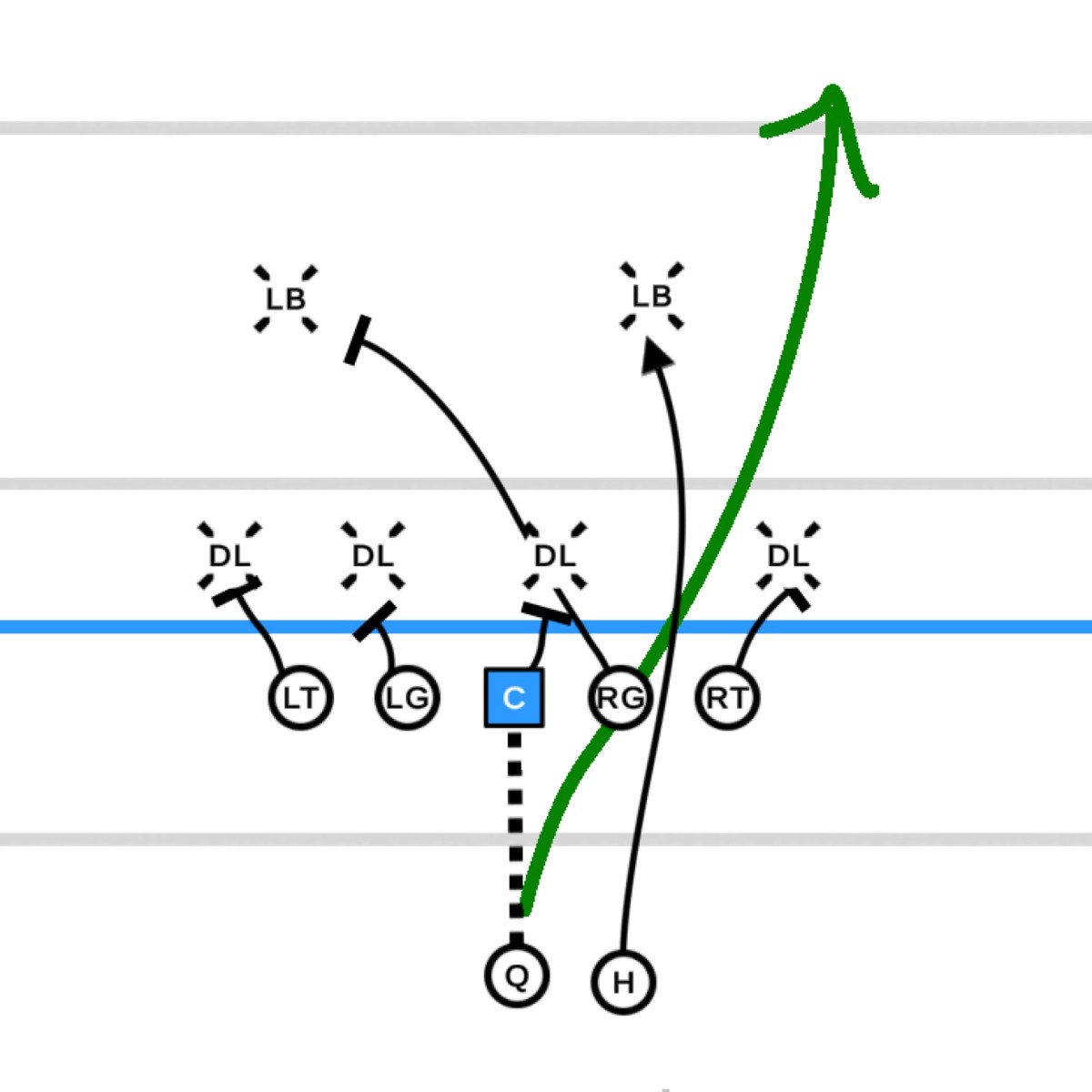5 Advantages Spread Offers Browns Running Game
Kevin Stefanski is going to be adjusting and adapting the run game to mesh with Deshaun Watson's strengths and skillset in order to maximize the offense's potential in 2023 and beyond. This will likely result in running most of the offense out of the gun. When Watson and the Houston offense was thriving in 2019 and 2020, he was in shotgun for more than 80 percent of total snaps.
Cleveland operated out of the shotgun for 58 percent of snaps in 2022. Even if the Browns don't quite reach the mark the Texans did, it stands to reason the Browns will be operating out of gun far more often than last year.
Shotgun was also better for Nick Chubb this past season. When the Browns operated under center, Chubb had 4.7 yards per carry on 210 attempts. Although Chubb only had 92 attempts when the Browns were in gun, his average was 6.0 yards per attempt.
Since the Browns are leaning into a running game out of spread formations from the gun, it's worth exploring the advantages it can provide.
1. Lateral play-faking and deception.
Most of the time when the quarterback is under center, lateral deception isn't that effective. Though it's possible, it looks very clunky and doesn't flow as smoothly as it does with the amount of space that being in shotgun provides.
The threat of touch passes, jet sweeps, and other boundary-hitting plays are far more worrisome to defenses in the gun due to the actuality of the play occurring. If Elijah Moore comes in jet motion across the formation, the defense will be forced to either roll a safety down or make sure that a specific player follows him.
This creates both pre-snap and post-snap edges for the offense.
The pre-snap benefit is that this can provide an advantageous numbers discrepancy to one side of the field, depending on how the defense adjusts to the motion. The Browns can capitalize on this by running counters to attack that side of the field, or just simply motion receivers to the weak side of formations.
The post-snap benefit is that when the ball is actively snapped, the defense has to respect the threat of Cleveland handing the ball off to Moore. This will usually cause the defense to inevitably chase or react to his action. It becomes even more deceptive when you start to run counters and RPO's off of it.
Here is an example of a counter play off jet motion.

2. More receivers on the field equals fewer defenders in the box.
When using 10 (one running back and no tight end) and 11 (one running back and one tight end) personnel, defenses are forced to spread out in order to cover multiple wide receivers. This will create situations where there will only be 5 or 6 defenders in the box instead of 7 or 8. These are the scenarios that offensive and run-game coordinators dream of.
Any time that you can manipulate the number of linebackers that are in the box on a designated run play, you already have the upper hand. You're able to level the playing field by decreasing the number of players that you need to block.
Fewer defenders in the box usually leads to a more efficient and productive run game in general. Here are the yards per carry attempts from the shotgun and under center in 2022.
3. It forces defenses to use smaller personnel.
Teams that consistently have 3, 4, or even 5 receivers on the field at a time force defenses to match those players with defensive backs. Cleveland will be seeing a lot of nickel and dime packages by defenses going forward. The Browns want to run against these types of defensive structures because of the personnel and size mismatches.
This makes defenses rely on smaller cornerbacks and safeties to fit the run. If you're trusting a 190-200 pound defender to step up and stop Nick Chubb one-on-one, good luck.
4. It allows the offense to read specific defenders.
As an offense, especially with a mobile quarterback like Deshaun Watson, you're able to read problematic defenders instead of blocking them. Being in the shotgun or pistol gives the quarterback more time to read the defender and determine the correct "give-pull" read.
For example, if the 3-technique defensive tackle is getting too much pressure and Cleveland is having a hard time trying to block him, they can make him the "read" man in zone/power-read. The Browns would choose to not block him, and then Watson would determine what to do with the football based on Donald's movement.
If that 3-Tech fires inside or attacks Watson, then he would just hand it off and the running back would continue on his path outside. If Donald hesitates or widens out with the running back, then Watson would keep it and run inside between the tackles.
Here is an example of this.

5. Watson could become a designated run threat.
When it comes to the run game, one of the main benefits of being in the shotgun is the flexibility that it creates in space. Much like the earlier explanation, you want a numbers advantage over the defense.
One of the easiest ways to do this is by simply using Deshaun Watson in some designed quarterback runs such as QB Draw, QB Power, and QB ISO. In the NFL, if you're in 10 personnel, the defense will most likely have no more than 5 or 6 players in the box. When the quarterback is able to run the ball, the running back becomes an extra blocker so that there's 6 blockers on 6 defenders.
Here is an example of the 6 on 6 blocking scenario on a QB ISO play.

